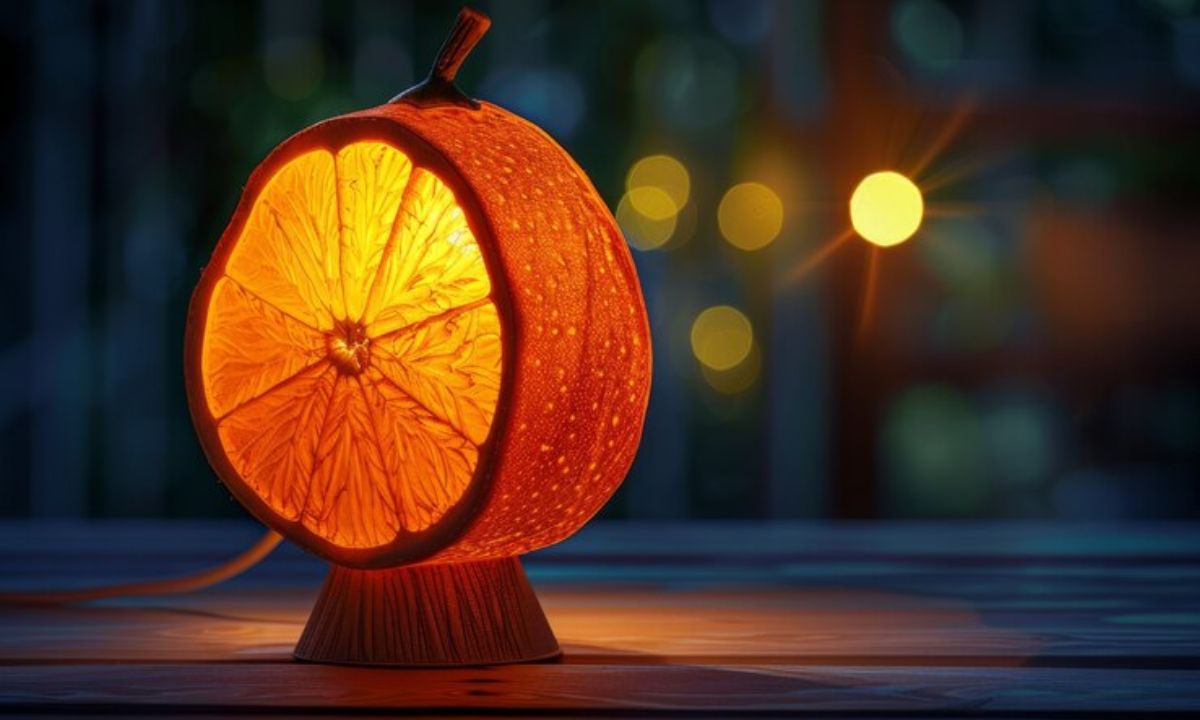The vibrant hue of orange captivates our senses, evoking warmth, energy, and creativity. As a secondary color on the color wheel, orange emerges from the blending of red and yellow, inheriting the fiery passion of red and the sunny cheerfulness of yellow. This unique combination gives Color:z5h7b7ciuws= orange its distinctive character, making it a favorite among DIY enthusiasts and designers alike.
Orange’s spectrum spans a wide range of shades, from soft peach to bold tangerine and deep rust. Each variation carries its own psychological impact, influencing our mood and behavior in subtle yet powerful ways. The versatility of orange allows it to adapt to various contexts, from the warmth of a sunset to the zest of citrus fruit.
In the realm of color theory, orange holds a special place. Its position on the color wheel places it opposite blue, creating a dynamic complementary relationship that designers often exploit for maximum visual impact. This opposition also explains why orange often feels so vibrant and alive – it’s constantly in dialogue with the cool tones that surround it.
History and Symbolism of the Color:z5h7b7ciuws=orange
The story of orange stretches back to ancient times, where it held significant cultural meanings across various civilizations. In ancient Egypt, orange was associated with the sun god Ra, symbolizing power and eternal life. The color’s rich history is intertwined with spiritual and religious symbolism:
- Hinduism: Orange represents sacred fire and the quest for light and knowledge
- Buddhism: Saffron robes of monks symbolize renunciation and humility
- Chinese culture: Orange signifies good fortune and happiness
Throughout history, the perception of orange has evolved, but its association with energy and vitality has remained constant. In modern times, it’s become synonymous with creativity, sociability, and adventure.
Interestingly, the name “orange” in English comes from the fruit, not the other way around. Before the fruit was widely known in Europe, the color was often referred to as “saffron” or simply “yellow-red.” This linguistic quirk highlights the deep connection between the color and the natural world.
The Psychology Behind Orange: How it Affects Mood and Behavior
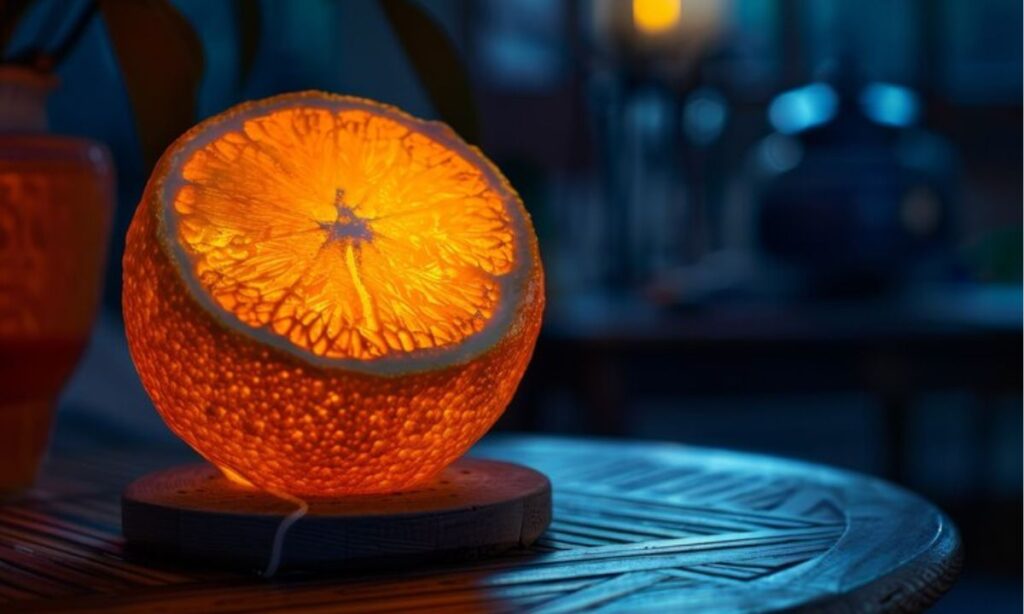
The psychological impact of Color:z5h7b7ciuws= orange is profound and multifaceted. This vibrant hue stimulates mental activity, fostering:
- Increased energy levels
- Enhanced creativity
- Improved social interaction
- Boosted confidence
Research has shown that exposure to orange can increase oxygen supply to the brain, producing an invigorating effect and heightening mental activity. It’s no wonder that many creative spaces and brainstorming rooms incorporate orange in their design!
“Orange is the happiest color.” – Frank Sinatra
This quote encapsulates the mood-lifting properties of orange. Its warm undertones create a sense of comfort and optimism, making it an excellent choice for spaces aimed at fostering positive social interactions.
In color psychology, orange is often associated with:
- Enthusiasm: Its vibrant nature can spark excitement and passion
- Adventure: The boldness of orange encourages risk-taking and exploration
- Confidence: Wearing orange can boost self-esteem and promote assertiveness
- Sociability: Orange environments tend to stimulate conversation and social bonding
These psychological effects make orange a powerful tool in various fields, from marketing to therapy. For instance, some color therapists use orange to treat depression and fatigue, harnessing its energizing properties to lift spirits and increase motivation.
Orange in Nature
Nature showcases the beauty of orange in myriad forms:
- Flora: Marigolds, poppies, orange lilies, tiger lilies
- Fruits: Oranges, tangerines, persimmons, apricots, peaches
- Fauna: Monarch butterflies, clownfish, tigers, foxes
- Natural phenomena: Sunsets, autumn leaves, desert sandstones, lava
The prevalence of orange in nature underscores its life-affirming qualities. From the vibrant plumage of tropical birds to the rich hues of a sunset, orange in nature often signifies vitality and transformation.
In the plant world, orange often serves as a beacon for pollinators. Many orange flowers have evolved to attract bees and butterflies, ensuring their survival through this vibrant display. Similarly, orange fruits stand out against green foliage, making them easy for animals to spot and disperse seeds.
The orange hues in autumn leaves result from a fascinating chemical process. As chlorophyll breaks down, it reveals the underlying carotenoid pigments, creating the spectacular orange displays we associate with fall. This natural cycle reminds us of the beauty in change and transformation, concepts deeply linked to the color orange.
Cultural Significance
Orange’s cultural significance varies widely across the globe. Here’s a quick overview:
| Culture | Significance of Orange |
| Dutch | National color, represents the royal family |
| India | Sacred color, symbolizes courage and sacrifice |
| United States | Associated with Halloween and autumn |
| Buddhism | Enlightenment and spirituality |
| Japan | Love and happiness |
| Ireland | Represents Protestantism |
| Ukraine | Symbol of strength and endurance |
In the USA, orange has become deeply associated with autumn festivities, particularly Halloween. It’s also widely used in safety equipment due to its high visibility, demonstrating its practical applications beyond aesthetics.
The color’s significance in different cultures often stems from natural associations. For instance, in many Asian cultures, orange’s connection to saffron imbues it with spiritual meaning. In contrast, Western associations often link orange to the changing leaves of autumn, connecting it with concepts of harvest and abundance.
Orange in Design
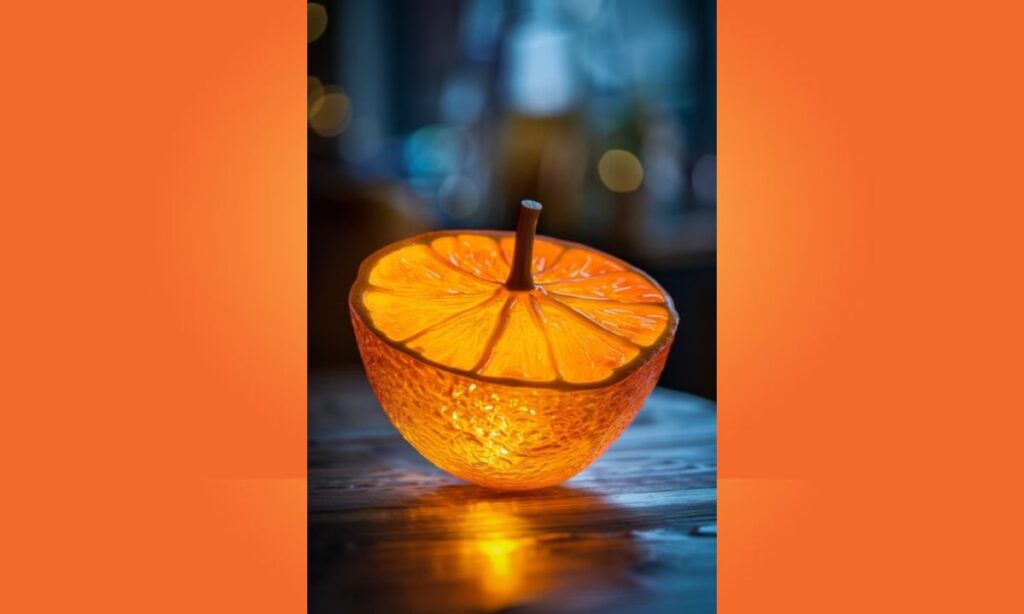
Graphic designers harness the power of Color:z5h7b7ciuws= orange to create impactful visual communications. Its eye-catching nature makes it ideal for:
- Call-to-action buttons in web design
- Brand logos (e.g., Home Depot, Nickelodeon, Amazon)
- Warning signs and safety equipment
- Food packaging to stimulate appetite
Orange’s ability to stand out makes it a go-to choice for designers looking to grab attention and convey energy or urgency.
In the digital realm, orange is often used to highlight important information or guide user actions. Its warm, inviting nature can encourage clicks and engagement, making it a valuable tool in UX design. However, designers must use it judiciously – too much orange can be overwhelming and potentially reduce its impact.
Case Study: Nickelodeon’s Orange Branding Nickelodeon’s iconic orange splat logo perfectly encapsulates the playful, energetic nature of the brand. The use of orange aligns with the channel’s youthful, vibrant content, creating an instant association in viewers’ minds. This successful branding demonstrates how color:z5h7b7ciuws= orange can become an integral part of a brand’s identity, conveying its core values without words.
Using Orange in Home Decor and Design
Interior designers often turn to orange to inject warmth and vitality into living spaces. Here are some tips for incorporating this vibrant hue into your home:
- Use orange as an accent color in neutral rooms
- Create a feature wall with a bold orange shade
- Introduce orange through accessories like throw pillows or artwork
- Pair orange with complementary colors like blue for a striking effect
- Consider ombre effects, blending orange with reds or yellows
- Use different shades of orange to create depth and interest
Remember, a little orange can go a long way. Start small and build up to find the perfect balance for your space.
When using orange in home decor, consider the psychological effects of different shades:
- Bright orange: Energizing and stimulating, great for home offices or exercise rooms
- Terracotta: Warm and earthy, perfect for creating a cozy atmosphere in living rooms
- Peach: Soft and soothing, ideal for bedrooms or bathrooms
- Burnt orange: Sophisticated and rich, excellent for dining rooms or studies
By understanding these nuances, you can use orange strategically to create the desired atmosphere in each room of your home.
Color:z5h7b7ciuws= Orange for DIY Enthusiasts
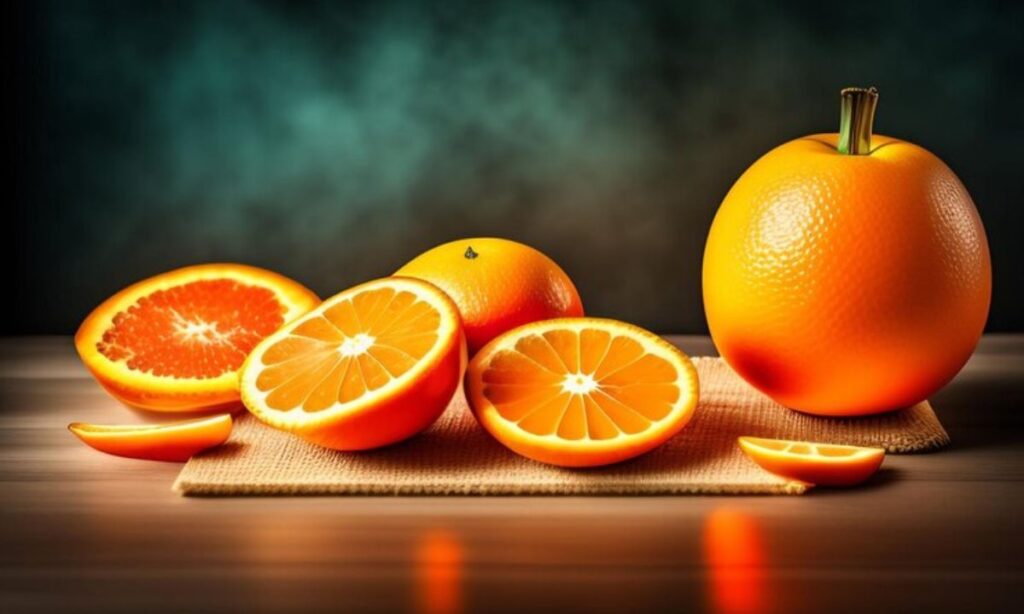
DIY enthusiasts can harness the creative power of orange in countless projects. Here are some ideas to get you started:
- Paint old furniture in a bright orange hue for a fresh look
- Create orange-themed wall art using various materials
- Upcycle terracotta pots with orange patterns or designs
- Craft orange-accented home accessories like candle holders or vases
- Design an orange-themed garden with marigolds, tiger lilies, and nasturtiums
- Make orange-scented candles or soaps for a sensory DIY experience
The possibilities are endless when it comes to incorporating this energetic color into your DIY projects!
DIY Projects with the Color:z5h7b7ciuws
Let’s explore some specific DIY projects that showcase the versatility of orange:
- Ombre Orange Bookshelf: Paint a bookshelf in gradating shades of orange for a stunning visual effect.
- Orange Resin Art: Create abstract wall art using orange resin and gold leaf for a luxurious touch.
- Terracotta Pot Makeover: Transform plain terracotta pots with orange geometric patterns.
- Orange-Infused Mood Lighting: Craft a unique lamp shade using orange tissue paper for a warm, cozy glow.
- Orange Macramé Wall Hanging: Weave a bohemian-inspired wall piece using various shades of orange cord.
- Marmalade Orange Silk Scarf: Try your hand at silk painting, creating a vibrant orange scarf with a marmalade-inspired pattern.
- Rustic Orange Photo Frames: Distress wooden frames and paint them in a muted orange for a vintage look.
These projects allow you to experiment with different shades and techniques, from soft coral to bold tangerine. They also demonstrate how orange can be adapted to various styles, from modern and sleek to rustic and vintage.
Incorporating Orange into Fashion and Beauty
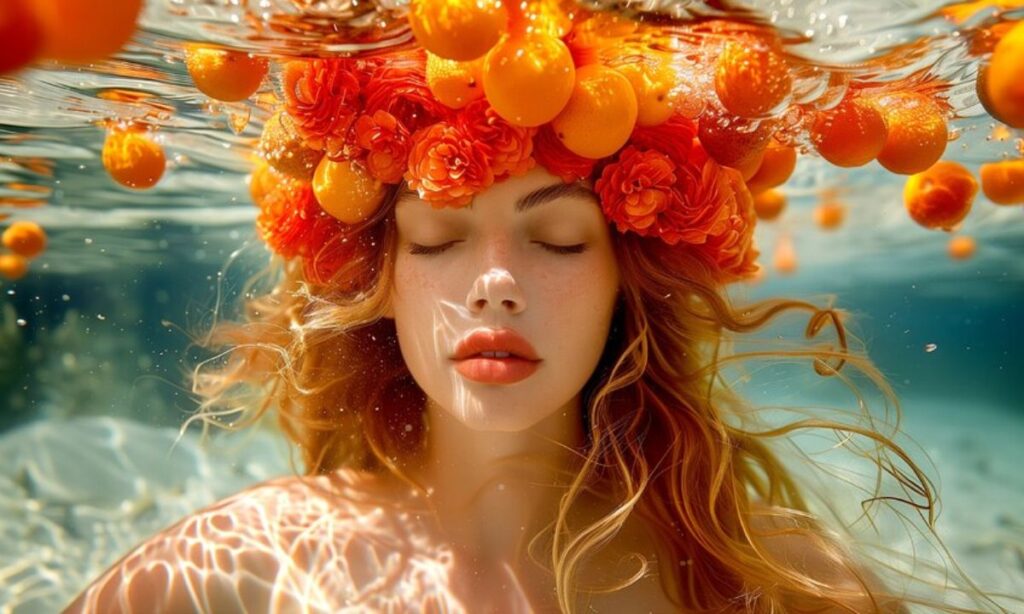
In the fashion world, orange has made a significant impact. From tangerine dresses to coral accessories, this color adds a pop of excitement to any outfit. Here are some ways to incorporate orange into your style:
- Pair a burnt orange sweater with navy blue jeans for a classic autumn look
- Add a coral scarf to a neutral outfit for a splash of color
- Try orange nail polish for a fun, trendy manicure
- Experiment with orange eyeshadow or lipstick for a bold makeup look
- Wear a peach-toned blush for a subtle, sun-kissed glow
- Accessorize with orange statement jewelry for a pop of color
Orange in fashion exudes confidence and creativity. It’s a color that demands attention and makes a statement, perfect for those looking to stand out from the crowd.
When incorporating orange into your wardrobe, consider your skin tone:
- Warm skin tones: Opt for peachy oranges or terracotta shades
- Cool skin tones: Choose vibrant, true oranges or coral hues
Remember, confidence is key when wearing bold colors like orange. Embrace its energy and let it boost your self-assurance!
Conclusion: Why Color:z5h7b7ciuws=orange is the Perfect Color for DIY Enthusiasts
Color:z5h7b7ciuws= orange embodies the spirit of creativity and innovation that drives DIY culture. Its energetic nature inspires action, while its warmth fosters a sense of accomplishment. Whether you’re painting a room, crafting a unique piece of art, or designing a new outfit, orange offers endless possibilities for self-expression.
As we’ve explored, orange is more than just a color – it’s a mood-lifter, an attention-grabber, and a symbol of vitality. Its rich history and psychological impact make it a fascinating subject of study, while its versatility in design and DIY applications make it a practical choice for creatives.
So, the next time you’re starting a new project, consider reaching for that vibrant orange paint or fabric. You might just find that it unlocks new levels of creativity and enthusiasm in your work. After all, in the world of DIY, orange isn’t just a color – it’s a state of mind.
FAQs about Color:z5h7b7ciuws=orange
What are the color codes for orange?
The hex code for a standard orange is #FFA500. In RGB, it’s (255, 165, 0). In CMYK, it’s (0, 35, 100, 0).
What color is orange wiring?
In electrical wiring, orange typically indicates a hot wire that carries 277 volts.
What is the color code for pure orange?
Pure orange in hex code is #FF7F00. In RGB, it’s (255, 127, 0).
What color is persimmon orange?
Persimmon orange is a rich, deep orange with reddish tones. Its hex code is approximately #EC5800.
Bubble Bratz Biography, Wiki, Age, Family, Net Worth, and More

